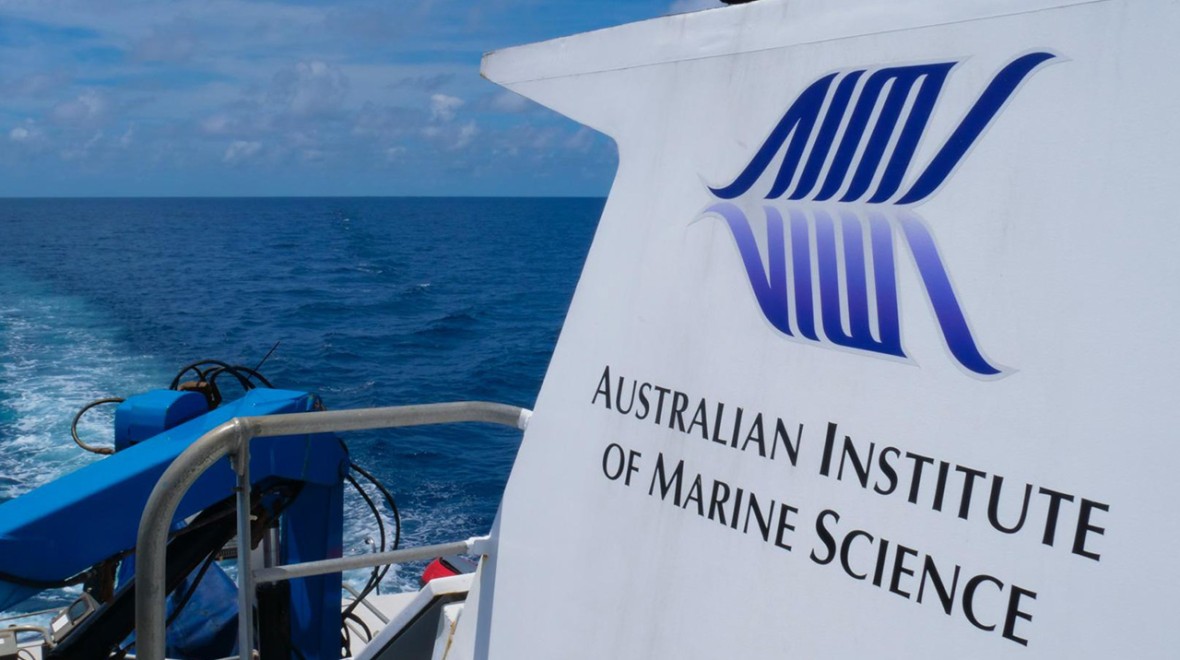Maritime Cooperation
The Maritime Cooperation Track, as part of the 2024 ASEAN-Australia Special Summit, will explore key maritime themes identified in the ASEAN Outlook on the Indo-Pacific, ASEAN Maritime Outlook, and ASEAN Blue Economy Framework. It will bring together officials and non-governmental experts, to enhance practical maritime cooperation in the region.
Southeast Asia connects the Indian and Pacific Oceans, and its waters are some of the most important maritime spaces in the world in terms of global trade, food and energy security, and marine biodiversity. Southeast Asia’s peace, stability and prosperity is anchored to a great extent on the waters surrounding the region.
Key themes and activities
- Maritime Security: Challenges and Opportunities for Cooperation
- The Blue Economy
- Environmental Issues: Marine Ecology and Climate Change
- Maritime Law and Governance.
The Maritime Cooperation Forum will bring together ASEAN Member States, Timor-Leste, the ASEAN Secretariat, and Australia in the following events which will provide a platform to further enhance ASEAN and Australia’s substantial practical maritime cooperation:
- Conference: will present research and analysis from academics on regional maritime issues,
building on existing academic exchanges and exploring future opportunities for practical
maritime cooperation, and - Track 1.5 Dialogue: will bring together officials and non-governmental experts to
discuss practical maritime cooperation between ASEAN and Australia, further
enhancing our partnership for the future.
Fast Facts
- 9 out of 10 ASEAN Member States are coastal states (all except Laos).
- 60% of global maritime trade passes through Asia. (1)
- The South China Sea carries approximately one third of global shipping. (2)
- Improving the resilience and diversity of global submarine cable networks is critical to supporting digital economic growth in the Indo-Pacific. (3)
- Approximately US$5.3 trillion worth of goods transits the South China Sea annually. (4)
- In 2020, ASEAN Member States accounted for nearly 22% of global fishery production. (5)
- ASEAN’s total trade of fish, crustaceans, molluscs and other aquatic invertebrates amounted to US$13.7 billion in 2021. (6)
(1) Source: How Much Trade Transits the South China Sea? | ChinaPower Project (csis.org). (2) Source: How Much Trade Transits the South China Sea? | ChinaPower Project (csis.org). (3) Source: Regional Connectivity | Australia’s International Cyber and Critical Tech Engagement (internationalcybertech.gov.au). (4) Source: How Much Trade Transits the South China Sea? | ChinaPower Project (csis.org). (5) Source: SEAFDEC Fishery Statistics. (6) Source: International Merchandise Trade Statistics (IMTS) - Annually | ASEANStatsDataPortal.
Case Studies

Work with Australian Border Force (ABF) - Marine Resources Initiative
- Through the Marine Resources initiative the ABF College is strengthening people-to-people links and building enduring relationships with future leaders of Civil Maritime Security agencies in Southeast Asia.
- Since February 2023, the ABF College has delivered two Civil Maritime Security Programs to 25 officers from Vietnam, the Philippines, Indonesia and Malaysia.
- The six-week residential Program incorporates leadership, operational command, visit, board, search and seizure training designed to develop the knowledge, skills and confidence in maritime enforcement roles.
- A feature of the Program is Maritime Domain Awareness training, undertaken at the Australian National University.

Work with the Australian Institute of Marine Science (AIMS) - Coral Reef Monitoring and Protection - Marine Resources Initiative
- AIMS is supporting the advancement of coral reef monitoring and protection through technological solutions to conserve key marine resources in the Philippines, Vietnam and Brunei.
- AIMS has also delivered training in the world-leading ReefCloud online platform to officials and experts in Brunei to improve their coral reef monitoring.
- Following the training, the Brunei Department of Fisheries (DOF) held meetings with stakeholders and organisations collaborating to plan and implement a new long-term coral reef monitoring program in 2024. They used techniques learned through the capacity building delivered by AIMS as part of the MRI project.
- DOF plans to complete regular bi-annual surveys of 9-12 coral reef sites. DOF staff have utilised the training to complete surveys at two coral reefs.
|
Download Maritime fact sheet
PDF
851.95 KB
|